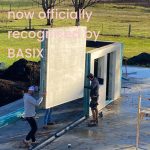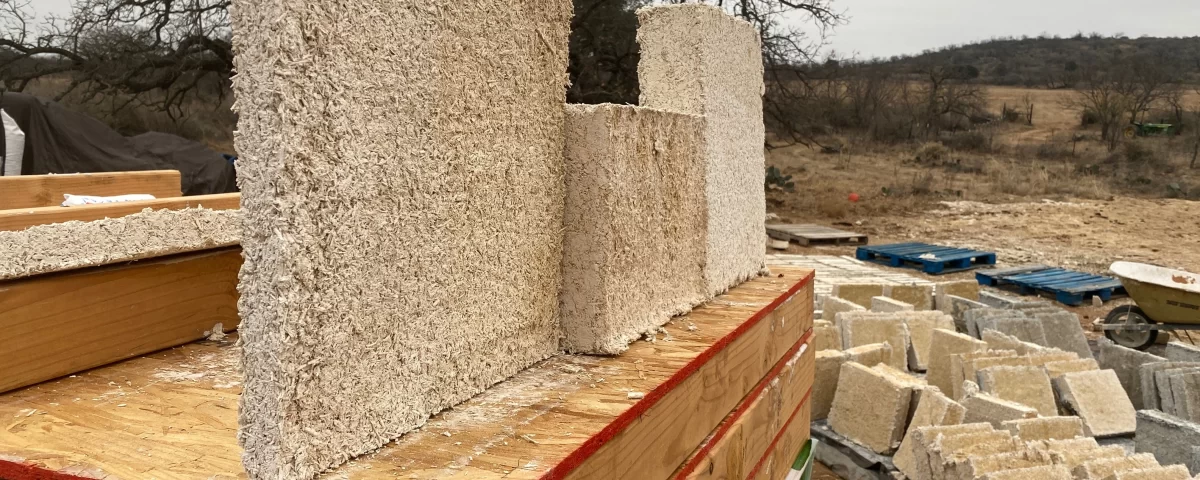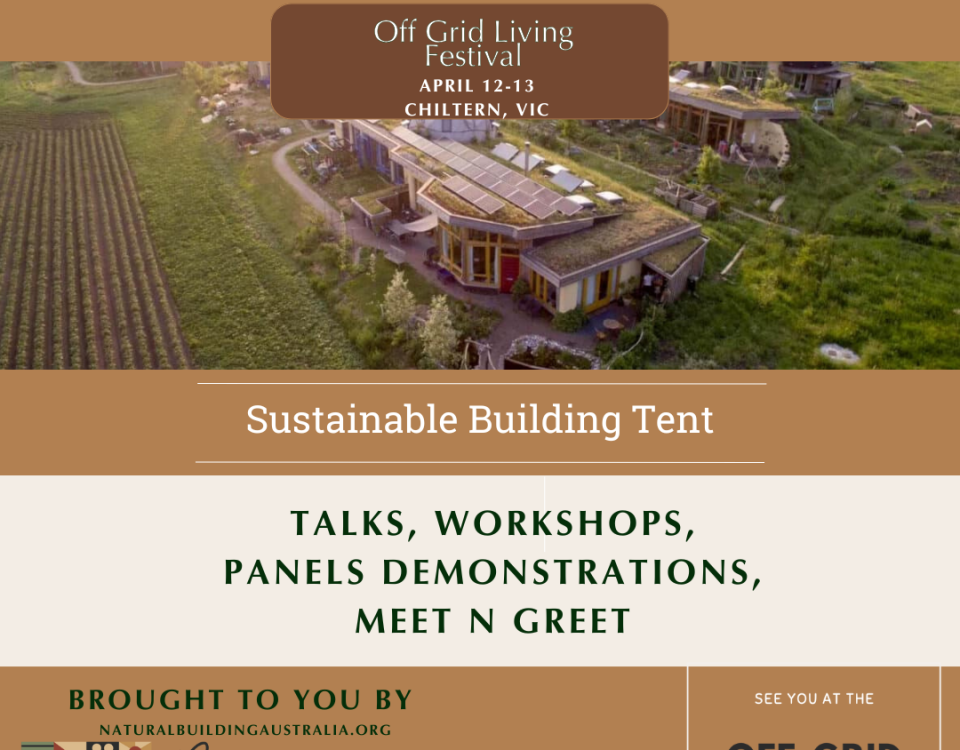
The Rising Role of Sustainable Building Materials: Fire-Resistant, Seismic-Safe, and Climate-Friendly Solutions
25/01/2025
NSW Now Approves “Straw Panels” as a Wall System in BASIX: A Game-Changer for Sustainable Building
21/02/2025As more builders turn to sustainable materials, hemp wool is gaining attention for its eco-friendly and insulating properties. But is it right for your next project?
Harry Hemp has provided some insights on the difference on his blog.
Why Hemp Wool is Gaining Traction in Sustainable Construction
As an all-natural material, it’s increasingly being considered for use in construction projects aimed at reducing environmental impact and improving energy efficiency.
Hemp wool is essentially insulation made from hemp fibers and is commonly found in eco-conscious building projects. While Harry Hemp’s blog doesn’t refer to any specific vendor or product, it highlights the general benefits and concerns surrounding hemp wool as a material in modern construction.
However, there are valid concerns, especially when it comes to untreated hemp wool. Fire safety and mold resistance are two issues that need attention before this material can be fully integrated into permitted builds. These concerns stand in contrast to the proven advantages of hempcrete, a material that has already set a high standard for sustainable construction.
Benefits of Hemp Wool
Hemp wool, made from the fibers of the hemp plant, offers several key advantages:
-
Thermal Insulation: Hemp wool provides excellent R-values, helping to regulate indoor temperatures and reduce energy consumption.
-
Sound Absorption: This material excels at reducing noise pollution, making your indoor environment quieter and more comfortable.
-
Eco-Friendly: As a renewable resource, hemp wool sequesters carbon during production, helping to reduce its overall environmental footprint.
-
Health Benefits: Free from chemicals and toxins, hemp wool is non-allergenic and contributes to better indoor air quality.
These qualities make hemp wool an appealing alternative to more traditional insulation materials like fiberglass and mineral wool. It’s a natural option that supports sustainable living while offering practical benefits.
Challenges with Untreated Hemp Wool
While hemp wool offers many advantages, untreated versions come with their own set of challenges that must be addressed:
Fire Safety Concerns
Untreated hemp wool typically has poor fire resistance, which disqualifies it from use in many permitted builds. Building codes often require materials to meet specific fire safety standards, and without proper treatment, hemp wool doesn’t meet these requirements, potentially posing a risk to safety.
Mold and Mildew Issues
Hemp wool’s natural fibers can absorb moisture, leading to potential mold and mildew growth in environments with high humidity or poor ventilation. This is a stark contrast to hempcrete, which naturally resists mold and moisture, making it a more reliable choice for durable and safe construction.
How Hempcrete Stands Up
While hemp wool has its potential, hempcrete is already a well-established material in sustainable construction. Here’s how hempcrete stacks up in comparison:
-
Fire Resistance: Hempcrete boasts excellent fire ratings due to its lime-based composition, making it compliant with building codes and safe for use in construction.
-
Moisture Control: Its unique ability to absorb and release moisture without compromising its structure makes hempcrete highly resistant to mold and mildew.
-
Durability: Hempcrete is naturally resistant to pests, mold, and moisture, making it a long-lasting material in construction.
-
Code Compliance: Hempcrete has undergone rigorous testing and meets ASTM standards, ensuring its reliability in meeting building code requirements.
These characteristics make hempcrete a top choice for builders looking for a safe, sustainable, and code-compliant material.
The Future of Hemp Wool
The future of hemp wool is promising, especially as advancements in testing and treatment could resolve its current limitations.
Improved Fire Resistance
Through treatment, hemp wool can be made fire-resistant, meeting the stringent requirements for modern builds. This will make it a much safer option for both builders and homeowners.
Enhanced Mold Resistance
New techniques in moisture management could prevent mold and mildew from forming on hemp wool, making it more reliable and long-lasting, even in humid climates.
Conclusion: The Potential of Hemp Wool in Sustainable Construction
While untreated hemp wool still has hurdles to overcome, its potential as a sustainable, eco-friendly building material is undeniable. As advancements in fire resistance and moisture management continue, hemp wool will become a viable option for modern construction, alongside its proven counterpart, hempcrete.
The combination of both materials offers a powerful solution, balancing insulation and structural integrity, and paving the way for greener, safer, and more sustainable construction practices. As the industry continues to innovate and test new methods, the excitement surrounding hemp wool is justified—it’s on the path to becoming a staple in eco-conscious builds worldwide.




